Musthave Companion Plants For Verbena Bonariensis
Must-Have Companion Plants for Verbena Bonariensis
Verbena bonariensis is a beautiful, tall-growing perennial that is known for its airy, purple flowers. It is a popular choice for gardens because it is easy to care for and attracts pollinators. However, verbena bonariensis can also be a bit of a diva, and it can be difficult to find companion plants that will complement its unique beauty.
In this blog post, we will discuss some of the best companion plants for verbena bonariensis. We will also provide tips on how to choose the right companions for your garden.
Why Companion Planting?
Companion planting is the practice of planting certain plants together in order to benefit each other. There are many benefits to companion planting, including:
- Increased pollination: Companion plants can attract pollinators, such as bees and butterflies, which help to pollinate other plants in the garden.
- Improved pest control: Some companion plants can help to repel pests, such as aphids and spider mites.
- Enhanced growth: Companion plants can help to improve the growth of each other by providing nutrients, shade, or support.
Choosing Companion Plants for Verbena Bonariensis
When choosing companion plants for verbena bonariensis, there are a few things to keep in mind:
- Height: Verbena bonariensis can grow up to 6 feet tall, so it is important to choose companion plants that will not be overwhelmed by its height.
- Sun exposure: Verbena bonariensis prefers full sun, so choose companion plants that also require full sun.
- Water needs: Verbena bonariensis is drought-tolerant, so choose companion plants that have similar water needs.
- Pest and disease resistance: Verbena bonariensis is relatively pest- and disease-resistant, but it can be susceptible to aphids and spider mites. Choose companion plants that help to repel these pests.
Some of the Best Companion Plants for Verbena Bonariensis
- Marigolds: Marigolds are a great companion plant for verbena bonariensis because they help to repel aphids and spider mites. They also have similar sun and water requirements.
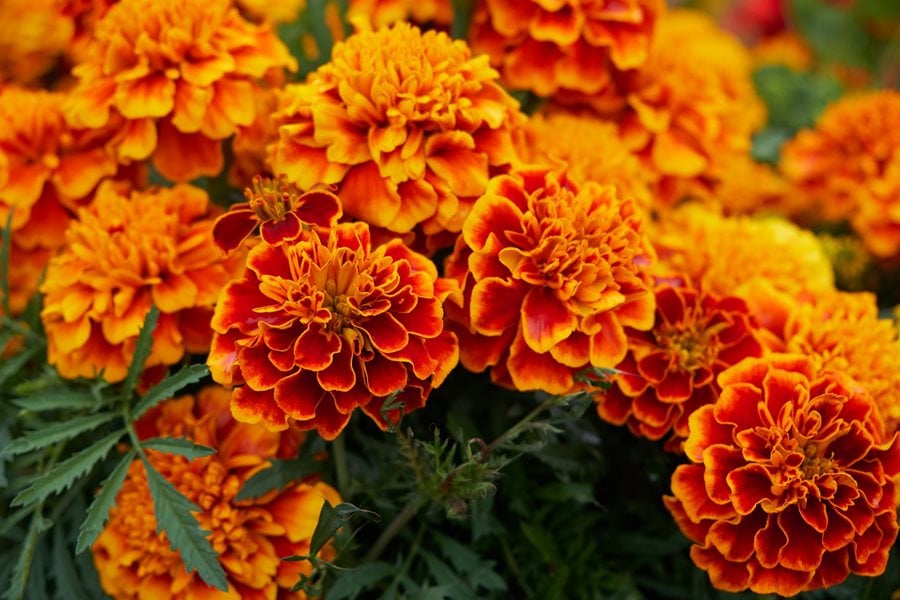
- Zinnias: Zinnias are another great companion plant for verbena bonariensis. They come in a variety of colors, so you can choose ones that will complement the purple flowers of verbena bonariensis. Zinnias also have similar sun and water requirements.
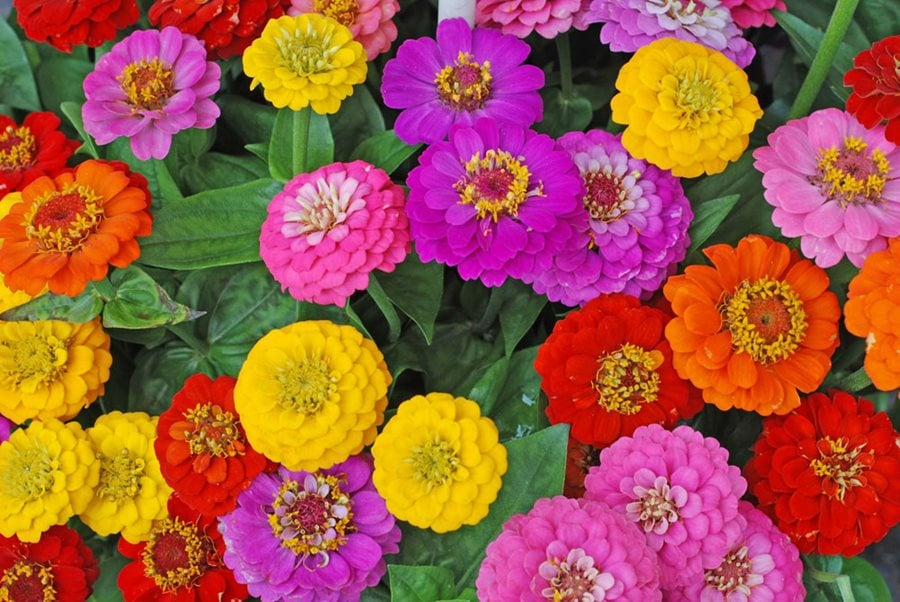
- Ornamental grasses: Ornamental grasses add height and texture to a garden, and they make great companion plants for verbena bonariensis. Some popular ornamental grasses for companion planting include miscanthus, pampas grass, and fountain grass.
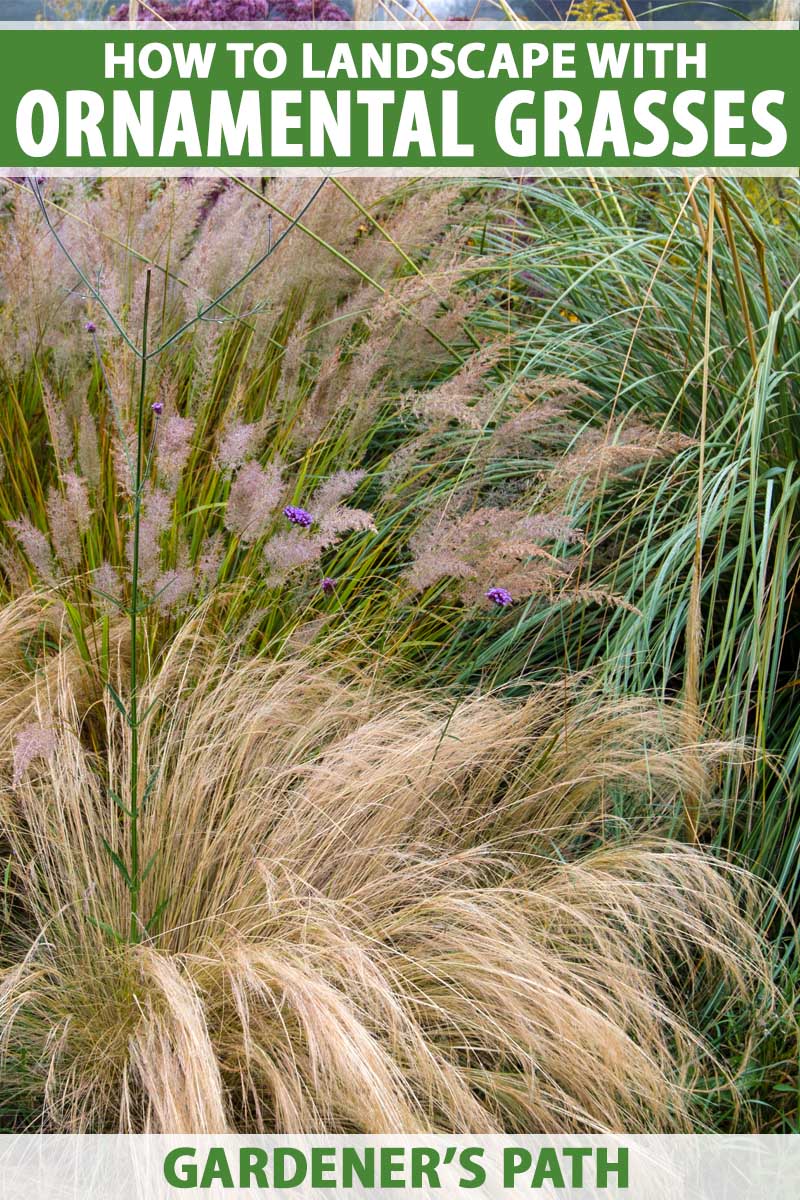
- Salvias: Salvias are a diverse group of plants that come in a variety of colors and sizes. They are all drought-tolerant, so they are a good choice for companion planting with verbena bonariensis.
- Lavender: Lavender is a fragrant herb that is a popular choice for companion planting. It helps to repel pests and attract pollinators.
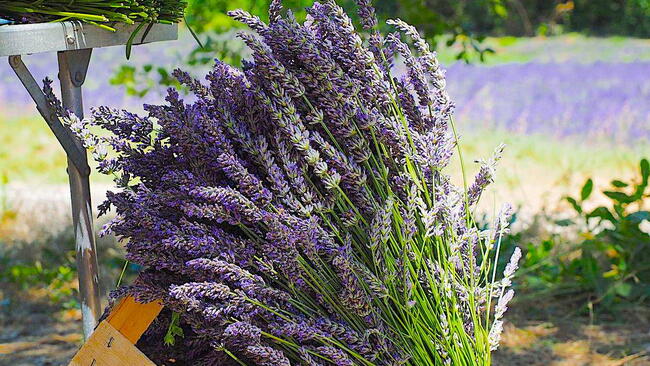
Conclusion
These are just a few of the many companion plants that you can grow with verbena bonariensis. By choosing the right companions, you can create a beautiful and productive garden that will attract pollinators and help to keep pests at bay.
Verbena bonariensis is a beautiful, tall-growing annual that is perfect for adding height and color to your garden. It is also a great choice for companion planting, as it can help to attract pollinators and deter pests.
Some of the best companion plants for verbena bonariensis include:
- Ornamental grasses: The tall, airy stems of ornamental grasses provide a perfect foil for the delicate purple flowers of verbena. Some good options include miscanthus, rudbeckia, and cosmos.
- Marigolds: Marigolds are another great companion plant for verbena, as they help to deter pests. They also have bright orange and yellow flowers that complement the purple flowers of verbena.
- Zinnias: Zinnias are another colorful annual that can be planted with verbena. They come in a variety of colors, so you can choose the ones that best fit your garden's color scheme.
- Nasturtiums: Nasturtiums are not only beautiful, but they are also edible! They can be used in salads or sandwiches, and they also help to attract pollinators.
If you are looking for more information about companion plants for verbena bonariensis, I recommend visiting Gardenia Inspiration. This website has a wealth of information on companion planting, including a list of specific plants that are good to grow with verbena.
FAQ of companion plants for verbena bonariensis
Q: What are the best companion plants for verbena bonariensis?
A: Verbena bonariensis is a tall, airy plant that can add a touch of elegance to any garden. It's also a great choice for attracting pollinators. Here are some of the best companion plants for verbena bonariensis:
- Ornamental grasses: The pale flowerheads of ornamental grasses, such as miscanthus and rudbeckia, provide a beautiful contrast to the purple flowers of verbena bonariensis.
- Daisies: The daisy-like flowers of cosmos and echinops add a touch of brightness to the garden, and they also attract pollinators.
- Nicotiana sylvestris: The long, tubular flowers of tobacco plant hang downwards, providing a striking contrast to the upward-facing flowerheads of verbena bonariensis.
- Veronicastrum virginicum: The tall, spikes of veronicastrum add height and structure to the garden, and they also attract butterflies.
- Marigolds: Marigolds with their explosive yellow and orange blooms look utterly delightful next to verbena's more dainty flowers. They also attract pollinators, so this pair really is a win-win.
Q: What are the benefits of companion planting with verbena bonariensis?
A: There are many benefits to companion planting with verbena bonariensis. Some of the benefits include:
- Attracting pollinators: Verbena bonariensis is a magnet for pollinators, such as butterflies and bees. This is a great way to help support these important creatures.
- Improving soil quality: Verbena bonariensis helps to improve soil quality by adding nutrients and organic matter. This can benefit other plants in the garden.
- Disease and pest resistance: Verbena bonariensis is relatively resistant to pests and diseases. This can help to protect other plants in the garden from these problems.
- Creating a beautiful garden: Verbena bonariensis is a beautiful plant that can add a touch of elegance to any garden. Companion planting with other plants can help to create a truly stunning landscape.
Q: How do I choose the right companion plants for verbena bonariensis?
A: When choosing companion plants for verbena bonariensis, it is important to consider the following factors:
- Height: Verbena bonariensis is a tall plant, so it is important to choose companion plants that are of similar height or shorter.
- Sunlight requirements: Verbena bonariensis needs full sun, so it is important to choose companion plants that also need full sun.
- Soil type: Verbena bonariensis does well in moist, well-drained soil. Choose companion plants that have similar soil requirements.
- Pollinator attraction: If you are looking to attract pollinators, choose companion plants that are also attractive to these creatures.
Q: How do I plant verbena bonariensis with companion plants?
A: When planting verbena bonariensis with companion plants, it is important to follow these steps:
- Choose a location that receives full sun.
- Prepare the soil by tilling it and adding compost or other organic matter.
- Plant the verbena bonariensis and companion plants at the same depth as they were growing in their pots.
- Water the plants thoroughly.
- Mulch around the plants to help retain moisture and suppress weeds.
Image of companion plants for verbena bonariensis
- Verbena bonariensis and Nicotiana sylvestris. These two plants have similar growing requirements and will bloom at the same time. The tall, airy stems of verbena provide a perfect backdrop for the delicate white flowers of nicotiana.

- Verbena bonariensis and veronicastrum virginicum. These two plants have different heights, which creates a nice visual contrast. The tall stems of verbena rise above the mounded foliage of veronicastrum, and the purple flowers of verbena complement the pink flowers of veronicastrum.
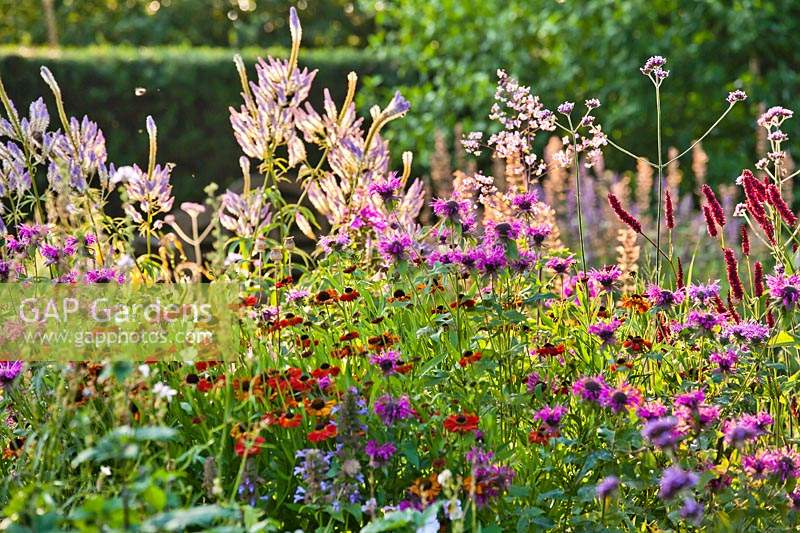
- Verbena bonariensis and Cosmos atrosanguineus. These two plants have similar colors, which creates a harmonious look. The deep purple flowers of verbena and the deep red flowers of cosmos make a striking statement in the garden.

- Verbena bonariensis and ornamental grasses. The tall, airy stems of verbena provide a perfect foil for the delicate blades of ornamental grasses. Some good options include miscanthus, pampas grass, and feather reed grass.

- Verbena bonariensis and marigolds. These two plants have different colors, but they complement each other well. The bright orange flowers of marigolds brighten up the garden, and the purple flowers of verbena add a touch of elegance.

Post a Comment for " Musthave Companion Plants For Verbena Bonariensis"